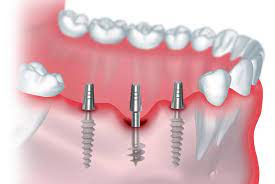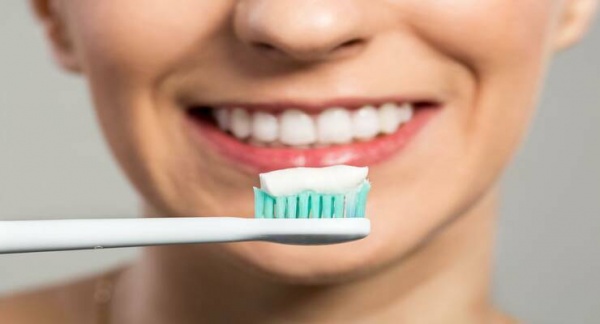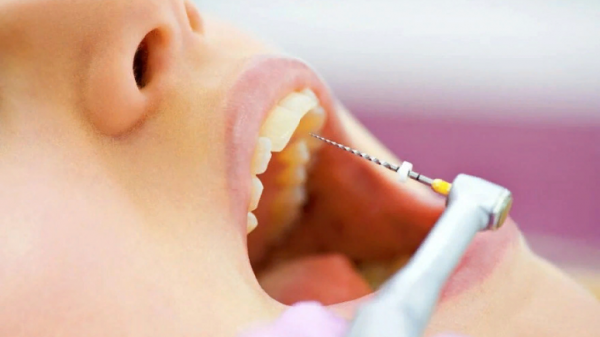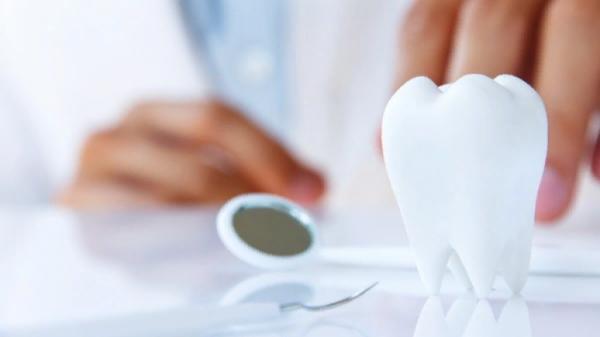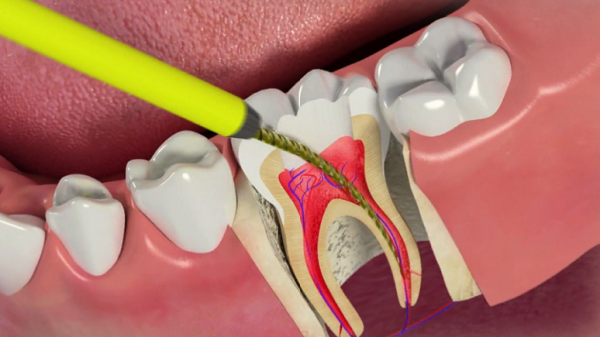One or more dark spots on the teeth immediately suggest cavities. But what about light-colored spots that cannot be removed with a toothbrush? Today, we'll tell you why white spots appear on your teeth and whether home oral hygiene can remove them from the enamel surface.
The main causes of white spots on enamel
Normal enamel is dense, smooth and shiny on all sides of the tooth, with a homogeneous transition of color from the gingiva to the incisal edge. But there are a number of factors that mar its structure. In these cases, there are often patches of frosted dots, spots, streaks, ridges or cavities on the tooth enamel.
- Demineralization and the initial stage of caries. One of the most important reasons why white stain occurs is demineralization - the leaching of minerals from the enamel crystal lattice. This process becomes especially destructive when little attention is paid to daily hygiene.
- mistakes in teeth whitening. If you aggressively treat your teeth, defects can occur in a matter of days. Most often, staining is caused by uncontrolled home procedures and untested methods. People can use whitening toothpaste for months, get addicted to whitening strips/pencils or use folk remedies with drugstore peroxide or activated charcoal.
- Poor ecology and poor nutrition. The body lacks the necessary micronutrients. This accelerates demineralization - spots start to form faster.
- Abnormal enamel formation. Dental problems sometimes begin even before children's teeth erupt. Enamel suffers in its infancy. This often indicates hypoplasia.
- Fluorosis is an overabundance of fluoride. Fluorosis affects not only the teeth, but also the bone skeleton. Stains appear due to excess fluoride in the water, air, and foods. And not in 2-3 days. For enamel to become matt, mottled, or streaky, the excess fluoride dosage must be long.
Lack of fluoride is just as bad for teeth as too much. That's why toothpastes are enriched with it, and it's safe. The concentration of fluoride in the tube is strictly limited. Fluoride from toothpaste penetrates only slightly into the systemic bloodstream.
Is braces to blame for white spots on my teeth? No, that's a myth. Braces and adhesives are made from bioinert materials. They do not emit any chemicals and leave your teeth fine after removal.
How do you remove white spots?
Let us reassure you right away - demineralization and caries in the stain stage can in many cases be removed without a filling. There are solutions for serious enamel defects as well.
- Professional hygiene. This is the beginning of any treatment. Brushing at the dentist removes sources of bacteria from the teeth - soft plaque and hard stone that cannot be removed at home with a brush.
- Remineralization. Treatment of white spots continues by saturating the enamel with the right substances. The dentist will apply complex preparations with fluoride, calcium and phosphates to the teeth. This strengthens the surface and eliminates tooth decay if it is only the initial stage.
- Selection of home care. The doctor will recommend pastes and rinses.
- Artistic restoration. If the dental tissue is destroyed along with the stain, the surface is grinded down and filled.
- Veneers and crowns. This is a way to deal radically with enamel defects when other treatments have failed. Ceramic fixed onlays simply replace the surface of the tooth.

